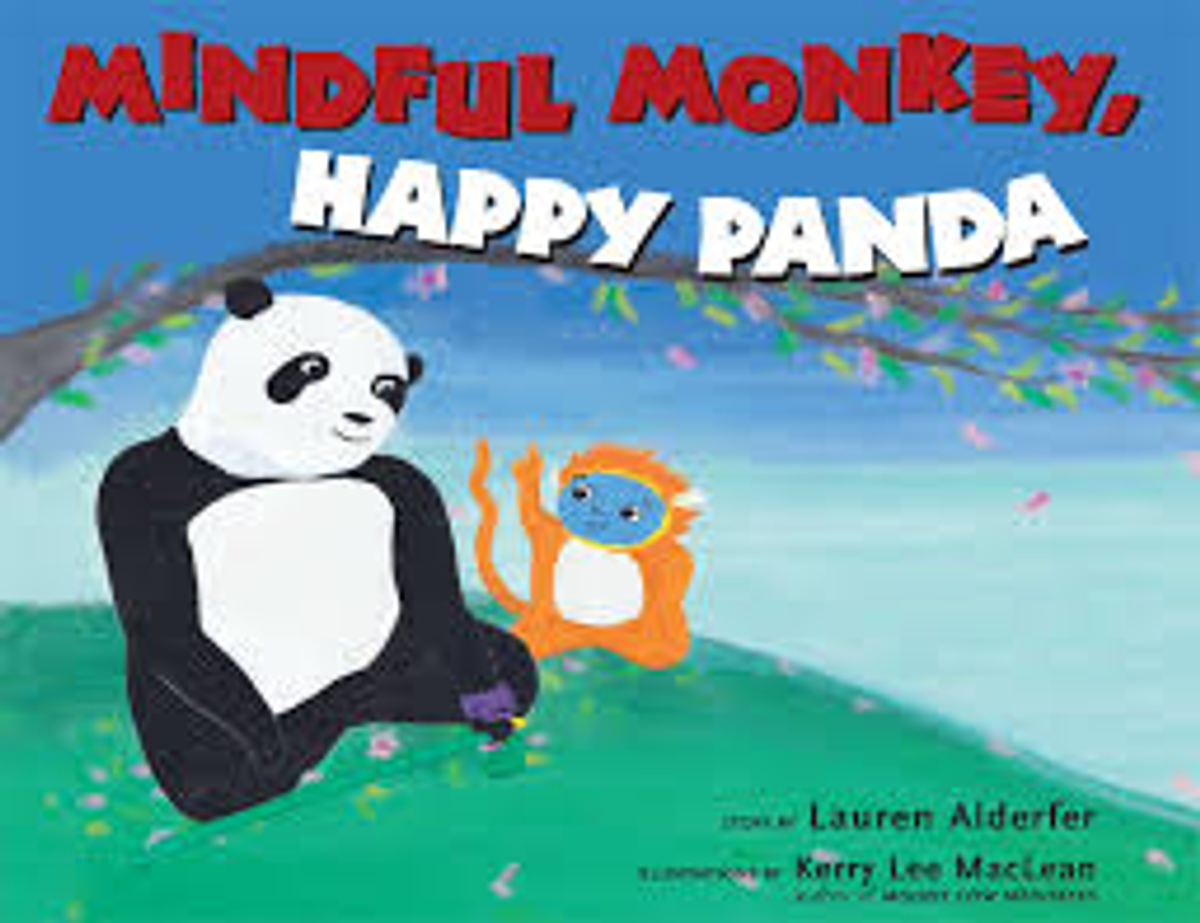Inclusion Update

We have had a positive start to our well-being sessions at CJC.
Each student has chosen a personal avatar to represent their feelings on our mood meter set up in the wellbeing space. They check in both at the start and end of each session, placing their avatar in one of four zones, or perhaps between two different zones depending on how they are feeling: Blue / Green – lower‑energy, calm or content or Red / Yellow – higher‑energy, worried or excited.
To keep things relaxed for the first week back, we invited students to share their holiday adventures. Their stories were uplifting and helped foster connection. We also introduced the umbrella of wellbeing — emphasising how multiple aspects of our lives (such as sleep, diet, friend and family connections, physical activity, and community involvement) all influence how we feel and have an impact on our well-being.
This week we have been examining the art of mindfulness and exploring the power of the present moment. This has been a difficult skill to practise as many young people have become used to constant distractions in their daily lives. Digital devices, online games and social media being the most pervasive, impacting concentration, sleep, and mental well-being. Other common distractions include physical sensations, environmental factors, and internal thoughts and emotion.
We have been reading the story “Mindful Monkey, Happy Panda” (by Lauren Alderfer). This beautiful picture book introduces the powerful practice of mindfulness in an easy, fun way. The monkey represents our monkey minds, jumping from one thought to another. He has his very calm friend Happy Panda guiding monkey and readers on how to recognise the simple joy of doing one thing at a time.
Some of us, in our groups, practiced eating a sultana mindfully. This involved bringing our full attention to the sultana, from sight, touch, smell, taste and texture, encouraging a deeper appreciation of food. This exercise can help you slow down, reconnect with your senses, and potentially improve attention and eating habits. Students have picked a task for the week that they are going to practise mindfully. These include brushing their teeth, playing a sport (focussed), eating a meal, putting on their shoes.
Growing evidence suggests that teaching mindfulness to children can help with learning, decision making, emotional intelligence, self-confidence and connectedness to others. Here are three fun ways to teach your children mindfulness in a fun, practical way;
Make a glitter jar - fill an empty jar half full with water and then add glitter. Screw lid and shake to make a glitter swirl and have your child sit mindfully watching all the glitter as it rests back to the bottom of the jar.
Safari walk - turn an everyday walk into an exciting adventure even on the walk to and from school. Make a list of things to find and seek like bugs, how many birds, the colour of flowers.
Breathing exercise - there are many simple breathing exercises that children can do. One to try is having your child inhale and tell them to pretend they are smelling something yummy like their favourite flower or chocolate cake in the oven, on the exhale they pretend to blow the petals or blow out the candles.
In today’s rush, we all think too much—seek too much—want too much—and forget about the joy of just being.
– Eckhart Tolle

